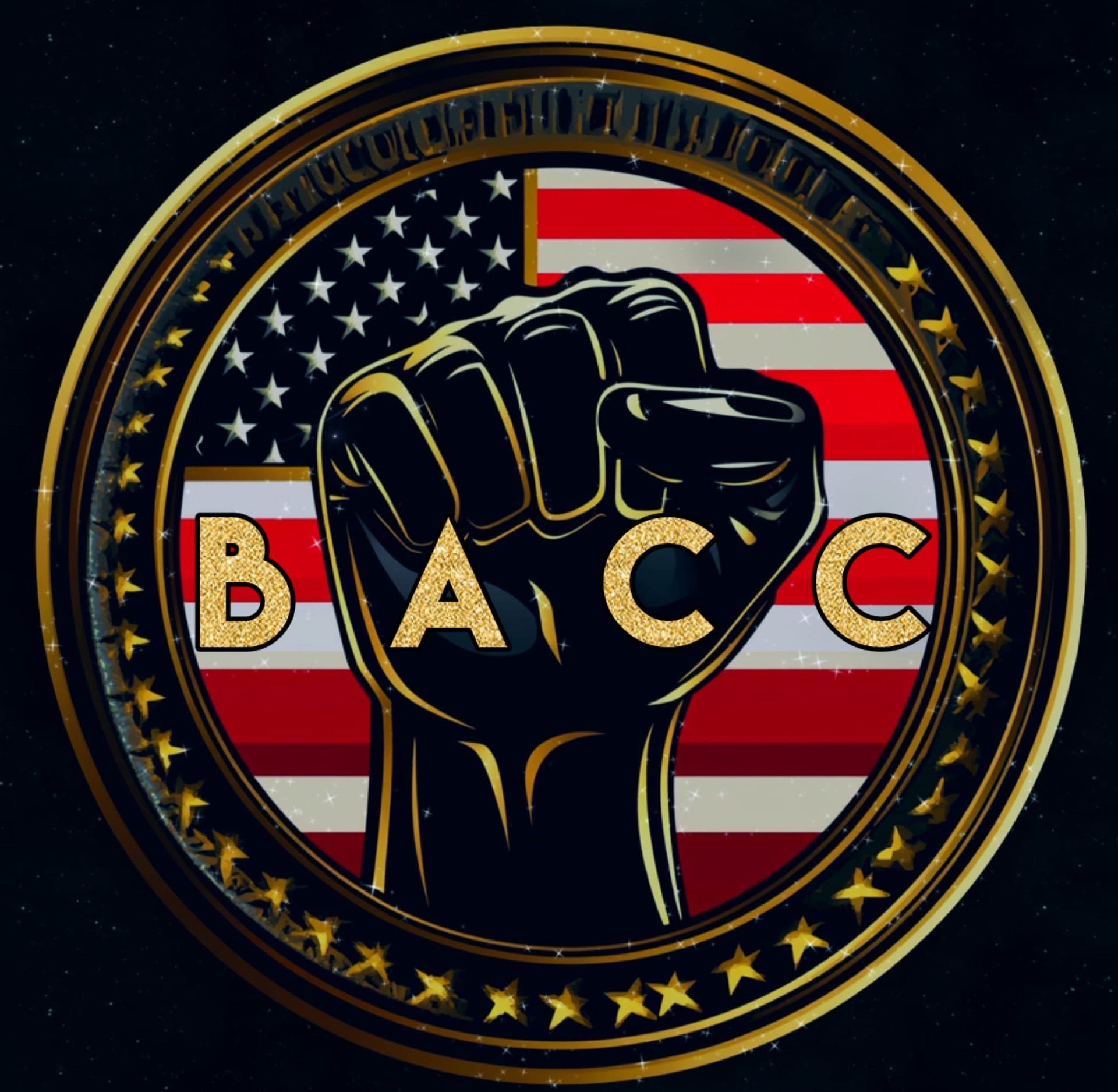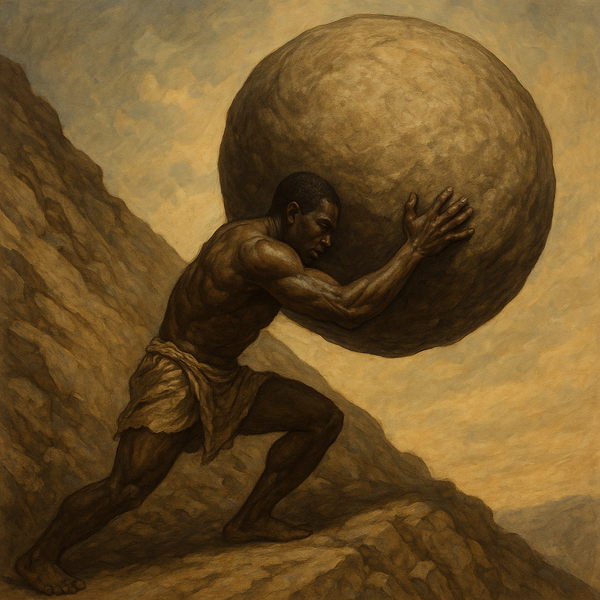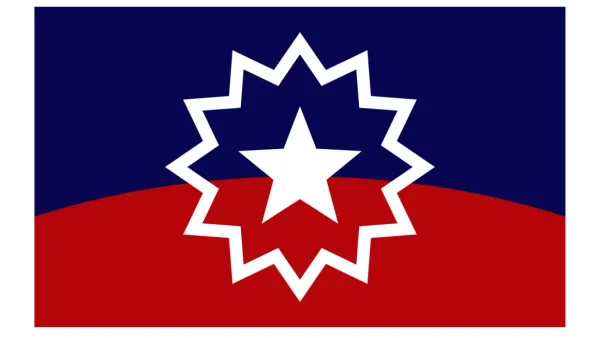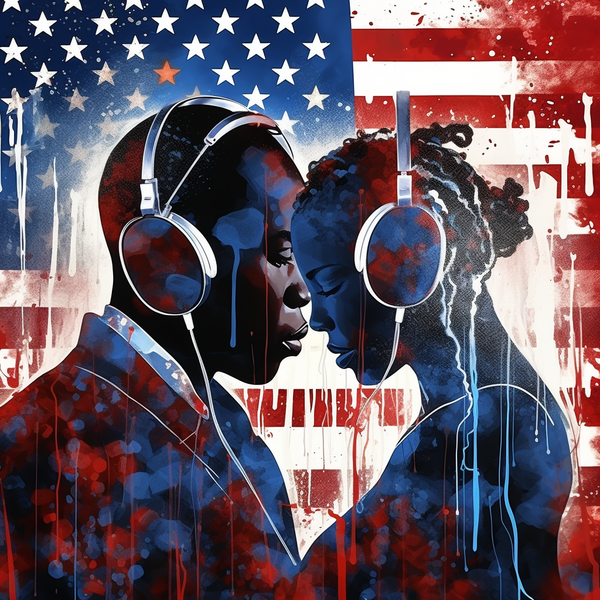The Beast Walks Among Us...

The Skin-Jobs Who Cosplay as Black Americans
In the grand theater of socio-political discourse, there exists an unsettling phenomenon—an infiltration not of allies but of carefully placed actors. These individuals wear the aesthetic of Blackness but lack the lineage, the historical wounds, and the lived experience that define Black American identity. Like the deceptive androids in science fiction, programmed to mimic human behavior while serving a hidden agenda, these "skin-jobs" operate under the guise of unity but often function as agents of disruption.
The Infiltration of Black American Spaces
Black America has long stood as a distinct cultural and political entity. Born out of the ashes of chattel slavery, Reconstruction, Jim Crow, and the Civil Rights Movement, its members carry the weight of generational struggle. Yet, in modern discourse, the space once reserved for the descendants of American slavery (DOAS) has become occupied by voices that claim a seat at the table without carrying the burden of the history that built it.
Melanated immigrants—whether from Africa, the Caribbean, or Latin America—often find themselves assimilated into the broader racial categorization of Blackness in the United States. However, this shared skin tone does not equate to a shared struggle. While many come seeking opportunity, some are strategically placed or willingly position themselves as mouthpieces, diluting the specificity of Black American grievances. They cosplay as Black Americans, adopting the language of struggle, yet sidestep the lived realities that define it.
The Role of the Skin-Job in Systemic Control
The function of these infiltrators is reminiscent of the historic practice of Meritorious Manumission, where enslaved Indigenous and Africans were granted freedom in exchange for betraying their own. The modern incarnation sees skin-jobs rewarded with academic appointments, media platforms, and political positions, allowing institutions to maintain a veneer of inclusivity while sidestepping the demands for Black American justice.
These figures often:
- Deflect from reparations discourse – By broadening "Blackness" to an international struggle, they blur the specificity of the claim that DOAS have against the U.S. government.
- Uphold respectability politics – They present themselves as proof that "hard work and discipline" negate systemic oppression, implicitly blaming Black Americans for their own plight.
- Reinforce neoliberal diversity optics – Corporations and institutions use them to meet diversity quotas while avoiding engagement with Black Americans who demand substantive change.
The Cost of Allowing the Beast to Roam Freely
When a people allow their cultural and political identity to be co-opted, their movement becomes diluted, their demands become negotiable, and their history becomes rewritten. The infiltration of Black American spaces by non-DOAS individuals is not merely an annoyance—it is a strategic move in the long game of maintaining the status quo.
By failing to identify these skin-jobs and call them out, Black America risks losing control of its own narrative. The beast walks among us, wearing our skin, speaking our dialect, but never truly standing in solidarity. It is time to sharpen our discernment and ensure that those who claim to speak for us do so with a vested, historical, and unshakable stake in our liberation.
Conclusion: The Need for Lineage-Based Gatekeeping
The solution lies in the steadfast assertion of a lineage-based identity. Black American spaces—whether political, academic, or cultural—must prioritize those whose ancestry is rooted in the unique struggle of American slavery and its aftermath. Solidarity with the global Black diaspora is not inherently problematic, but infiltration and appropriation must not be tolerated.
The battle is not merely against external forces, but against the carefully placed figures who operate from within. The beast who walks among us must be named, exposed, and removed from the spaces where Black Americans fight for their survival and justice. Only then can the movement regain its clarity, focus, and power.





